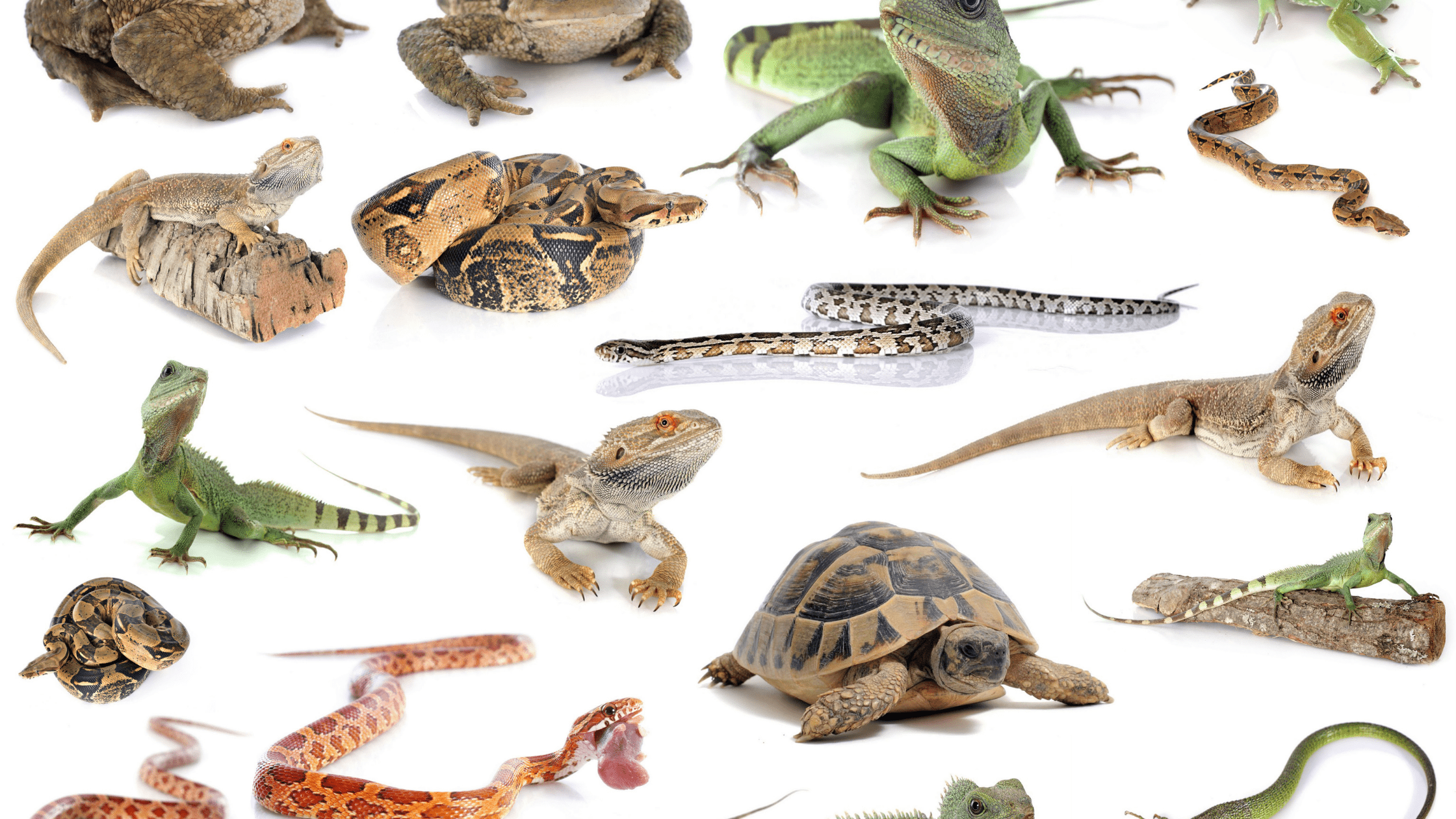Discover the Remarkable Globe of Woodpeckers: Whatever You Need to Know
The world of woodpeckers is a world filled with one-of-a-kind actions, elaborate adjustments, and a diverse variety of varieties. From their habitats and distribution patterns to their feeding behaviors and specialized anatomical attributes, woodpeckers have long mesmerized the passion of ornithologists and nature enthusiasts alike.
Woodpecker Habitats and Distribution
In North America, for instance, woodpeckers can be detected in both coniferous and deciduous woodlands, utilizing their strong beaks to forage for pests and develop nesting tooth cavities in trees. In Africa, certain woodpecker varieties have adapted to dry atmospheres, such as the acacia woodlands, where they play a crucial duty in controlling insect populaces.

Feeding Behaviors and Diet Regimen
Among the various aspects of their behavior, woodpeckers exhibit distinct feeding habits and nutritional choices. These birds are mostly insectivores, with a diet regimen that consists of ants, beetles, caterpillars, and various other bugs discovered in trees. Woodpeckers use their strong beaks to drill into the bark of trees, probing for insects and larvae concealed under the surface area. Along with pests, woodpeckers additionally eat nuts, seeds, fruits, and sap. Some varieties have specialized tongues with barbed suggestions that help them extract pests from crevices in timber.
Woodpeckers are recognized for their drumming habits, which serves not only to connect with various other woodpeckers however also to situate food. The fast drumming sound is produced by the bird pecking on resonant surface areas like dead trees or steel poles. This actions can draw in insects concealed in the timber, permitting the woodpecker to find their existence and feed on them.
One-of-a-kind Adjustments for Tree Climbing
In their proficient pursuit of insects concealed within tree bark, woodpeckers have evolved exceptional anatomical attributes that furnish them with unique adaptations for reliable tree climbing. One of the vital adaptations is their zygodactyl feet, with 2 toes directing forward and 2 directing backwards, giving a strong grasp on tree trunks. This specific foot setup enables woodpeckers to stick to upright surfaces easily, enabling them to go up and down trees with dexterity. Furthermore, woodpeckers have tight tail feathers that act as a helpful prop while they climb, helping in equilibrium and stability. Their strong, chisel-like beaks are not just used for drilling right into wood however additionally for gripping onto bark as they rise tree trunks. Furthermore, woodpeckers have strong neck muscles and a distinct head framework that absorb the impact of continuous pecking, permitting them to climb up up and down look at more info without causing harm to their minds. These adaptations showcase the extraordinary transformative layout that enables woodpeckers to navigate trees with precision and performance.
Diverse Woodpecker Types Worldwide
With over 200 different species spread throughout numerous environments worldwide, the household of Picidae incorporates an impressive variety of woodpeckers. These birds can be discovered in forests, woodlands, savannas, and even city locations, showcasing their versatility to different environments. From the iconic Northern Flicker in The United States And Canada to the vivid and evasive Crimson-backed Flameback in Check Out Your URL Asia, each woodpecker species exhibits one-of-a-kind characteristics in regards to quill, habits, and habitat choice.
Woodpeckers vary significantly in size, with the diminutive Downy Woodpecker measuring around 6-7 inches in size, while the powerful Lineated Woodpecker can reach up to 17 inches - Woodpeckers in Florida. Their beaks additionally are available in different forms and dimensions, showing their feeding habits. Some varieties focus on extracting pests from tree bark, like the Acorn Woodpecker, while others, such as the Black-cheeked Woodpecker, eat fruits and seeds

Conservation Efforts and Difficulties
Conservation campaigns for woodpecker populaces are crucial in alleviating the effect of habitat loss and various other dangers facing these diverse avian varieties. Woodpeckers deal with different obstacles to their survival, largely as a result of logging, urbanization, environment change, and intrusive varieties. To address these issues, conservation efforts focus on protecting and restoring woodpecker habitats, executing sustainable forestry methods, and increasing understanding about the significance of these birds in communities.
One considerable challenge in woodpecker conservation is the fragmentation of their habitats, leading to isolated populaces that are a lot more prone to extinction - Woodpeckers in Florida. Conservationists work to develop wild animals passages and safeguarded areas that more information attach these fragmented environments, enabling woodpeckers to move in between various areas for feeding, breeding, and sanctuary

Final Thought
In verdict, woodpeckers are remarkable birds with unique adaptations for tree climbing and feeding behaviors. They can be discovered in diverse habitats worldwide, dealing with conservation difficulties because of habitat loss and human activities. Recognizing their environments, diets, and actions is crucial for conservation initiatives to protect these important bird varieties. Further research study and conservation actions are needed to ensure the survival of woodpeckers in the wild.

